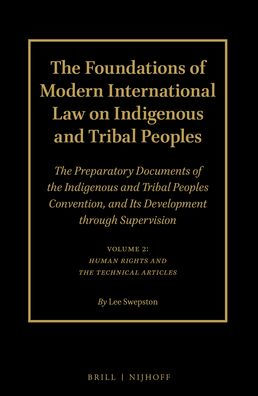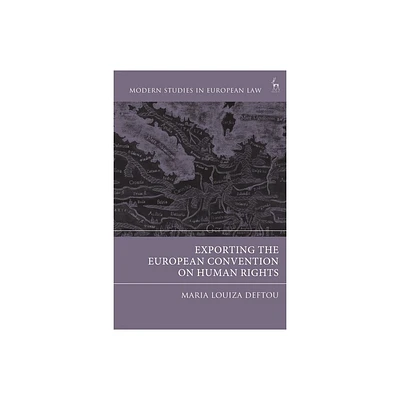Home
The Foundations of Modern International Law on Indigenous and Tribal Peoples: The Preparatory Documents of the Indigenous and Tribal Peoples Convention, and Its Development through Supervision. Volume 2: Human Rights and the Technical Articles
Loading Inventory...
Barnes and Noble
The Foundations of Modern International Law on Indigenous and Tribal Peoples: The Preparatory Documents of the Indigenous and Tribal Peoples Convention, and Its Development through Supervision. Volume 2: Human Rights and the Technical Articles
Current price: $199.00


Barnes and Noble
The Foundations of Modern International Law on Indigenous and Tribal Peoples: The Preparatory Documents of the Indigenous and Tribal Peoples Convention, and Its Development through Supervision. Volume 2: Human Rights and the Technical Articles
Current price: $199.00
Loading Inventory...
Size: OS
*Product Information may vary - to confirm product availability, pricing, and additional information please contact Barnes and Noble
Also available as a print set of two, see isbn 9789004373754 The International Labour Organization is responsible for the only two international Conventions for the protection of the rights and cultures of indigenous and tribal peoples - the Indigenous and Tribal Populations Convention, 1957 (No. 107) and the Indigenous and Tribal Peoples Convention, 1989 (No. 169) that revised and replaced it, and Convention No. 169 is the only one that can now be ratified. This volume, together with its companion published in 2015, make clear that the basic concepts and the very vocabulary of international human rights on indigenous and tribal peoples derives from these two Conventions. The adoption in 2007 of the UN Declaration on the Rights of Indigenous Peoples (UNDRIP), and the ongoing discussions in the international human rights community about the relative merits, impact and legal validity of the UN and ILO instruments, make it all the more important to understand how Convention 169 was adopted. The author of this unique study was responsible for many years for the supervision of both Conventions by the ILO, and was intimately involved in the adoption of the 1989 instrument, as well as in international discussions on the subject. In writing this two-volume study, he foregoes a strict “travaux” approach, and discusses the organizational precedents and the subsequent practice under these instruments. The supervision of the application of these Conventions is very largely unknown in the wider human rights community, and even in the more specialized “indigenous community” that forms a special subset of human rights activists. This guide may be of some help in redressing that situation.








